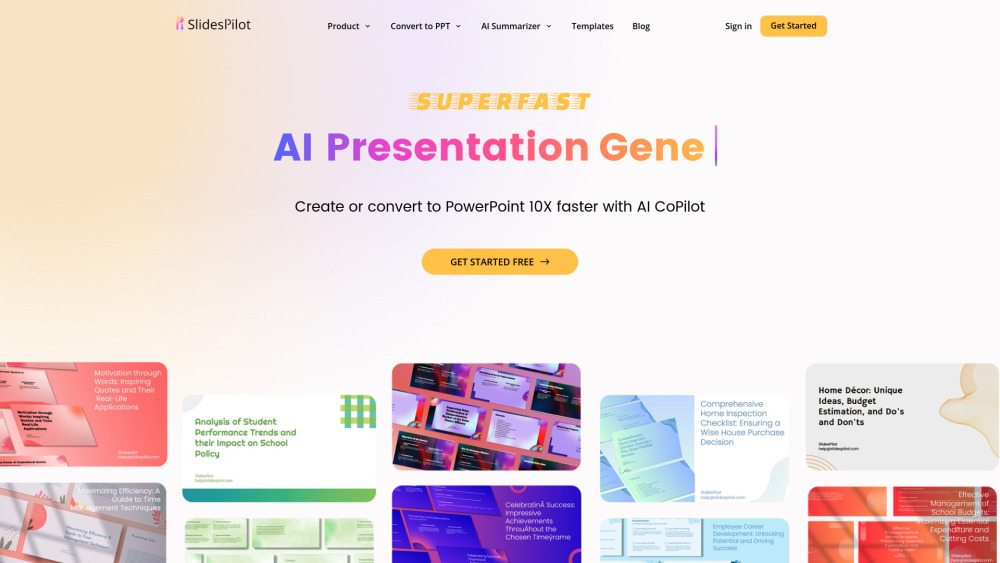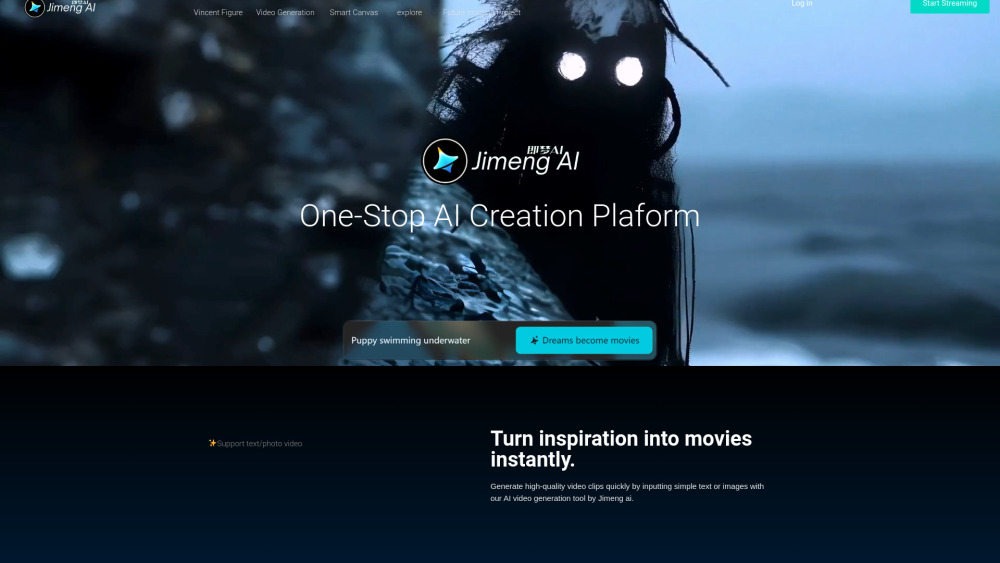Large language models (LLMs) have demonstrated impressive abilities in solving complex problems using Chain-of-Thought (CoT) prompting, a technique that encourages a step-by-step breakdown of solutions. Now, researchers are investigating whether similar advancements can enhance foundation models for robotics.
Collaborating researchers from the University of California, Berkeley, the University of Warsaw, and Stanford University have introduced “Embodied Chain-of-Thought Reasoning” (ECoT) for vision-language-action models (VLAs). ECoT enhances robot decision-making by enabling these systems to reason about tasks, sub-tasks, and their environments before taking action.
The objective of robotic control policies is to empower robots to perform complex tasks autonomously. While significant progress has been made in developing end-to-end control models, these systems often struggle in novel scenarios that require deeper reasoning and planning.
Vision-language-action models (VLAs) offer a promising avenue for creating general-purpose robot control policies. By leveraging pre-trained large vision-language models (VLMs), VLAs effectively map image observations and natural language instructions to robot actions. These models have achieved state-of-the-art performance in generalist robot tasks and generalize impressively to new objects and environments, as seen in projects like OpenVLA and Google DeepMind’s RT-X-2.
However, current VLAs lack the robust reasoning abilities found in LLMs. Instead of generating intermediate reasoning steps, they draw a direct mapping from observations to actions.
Enhancing VLAs with Chain-of-Thought Reasoning
Chain-of-thought reasoning has been shown to significantly improve LLM performance on complex tasks by fostering intermediate reasoning that clarifies relationships within problems, leading to more accurate solutions. Researchers believe that VLAs can likewise benefit by training them to textually reason about their plans, surroundings, and motions, ultimately facilitating more precise and reliable robot actions.
Nonetheless, applying CoT techniques from LLMs to robotics presents unique challenges. First, VLAs typically rely on smaller, open-source VLMs that lack the reasoning finesse of larger LLMs used in language applications. Second, robotic tasks require the model to reason not only about the task itself but also the environment and the robot's status. Thus, merely breaking down tasks into sub-tasks—common in LLMs—falls short; VLAs must ground their reasoning in real-time environmental perceptions to inform their movements and manipulations.
As the researchers succinctly put it, “VLAs need to not only ‘think carefully’ but also ‘look carefully.’”
Introducing Embodied Chain-of-Thought Reasoning (ECoT)
To address these challenges, the researchers have developed ECoT, enabling robots to reason about actions grounded in their environmental perceptions. ECoT integrates semantic reasoning concerning tasks and sub-tasks with “embodied” reasoning about both the environment and the robot's state. This process includes predicting object bounding boxes, understanding spatial relationships, and determining how the robot's available actions or “primitives” can help achieve its goals.
The researchers outline two primary objectives for designing ECoT steps: to (A) guide the model through high-level tasks to identify necessary actions and (B) ground this reasoning in lower-level scene features and robot states before predicting the robot's actions.
To facilitate ECoT reasoning, a pipeline was created to generate synthetic training data. This pipeline annotates existing robot datasets using pre-trained object detectors, LLMs, and VLMs, enabling the training of VLAs for ECoT reasoning.
Using Google's Gemini model, the pipeline generates a detailed reasoning chain by rephrasing the initial instruction and outlining essential sub-tasks. The model then assesses the environment and robot's state to pinpoint specific sub-tasks to address, followed by generating appropriate natural language commands (e.g., “move left,” “grasp the object”) and predicting pixel locations for crucial elements such as the robot's gripper.
Annotated data and reasoning chains train the VLA to develop ECoT capabilities.
ECoT in Practice
The researchers evaluated ECoT within a robotic manipulation setup utilizing OpenVLA, built on Llama-2 7B and the Prismatic VLM. They applied their data-generation pipeline to the Bridge v2 dataset, containing extensive trajectories and object interactions involving the WidowX robotic arm.
To investigate ECoT’s generalization capabilities, the researchers devised tasks that required robots to handle unfamiliar objects, scenes, and instructions not present in the training data. Results indicated that ECoT significantly enhanced the performance of vanilla OpenVLA, increasing task success rates by 28% compared to the baseline, achieved without additional robot training data, which is often costly and time-consuming.
Beyond performance improvements, ECoT also offers better insights into the model's decision-making. With reasoning steps articulated in natural language, errors can be traced back and assessed, identifying specific points of failure in the process.
The researchers note the implications of this: “Training a policy to reason through a task step-by-step in natural language creates a powerful mechanism for human interaction, allowing users to correct behavioral issues without complex teleoperation equipment—simple modifications to reasoning chains via natural language feedback can suffice.”
ECoT is part of a broader movement to integrate foundation models into robotic control systems. Given their capacity to process vast amounts of unlabeled data, LLMs and VLMs can help address gaps in current robotic systems. As foundation models increasingly play a role in various facets of robotics, from crafting reward functions to environmental reasoning and action planning, observing the evolution of this field will be both important and exciting.





